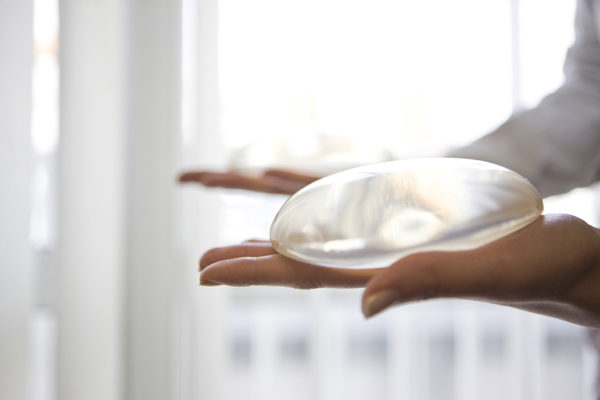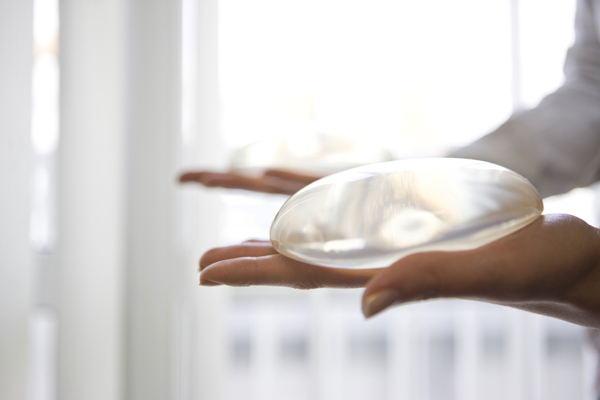There are dozens of cosmetic procedures available all across the world to make almost any type of adjustment a person could want. Despite the popularity of cosmetic surgery, it’s still common to hear myths about different procedures and the people who get them. For decades, people looked down on plastic surgery and considered it to be a taboo topic. Because of this attitude, it was incredibly easy to spread negative rumors about plastic surgery. Choosing to get plastic surgery is a big decision to make, so it’s important to have accurate information about it. False information could make people afraid to get plastic surgery and create harmful stereotypes about those who do. Anyone looking to get plastic surgery done should know the common myths that people spread about plastic surgery.
If you’re thinking about getting plastic surgery, here are 10 common myths debunked.
1. Myth: Cosmetic surgery is the same as plastic surgery
Fact: At some point, you’ve likely heard someone use cosmetic surgery and plastic surgery about the same procedure. While these are usually used interchangeably, they are actually two different types of surgery. Although you likely won’t be called out for using one instead of the other, it’s important to understand the difference between the two. Cosmetic surgery typically refers to procedures to enhance the appearance of the body and is usually done mostly for aesthetic reasons. Plastic surgery tends to be more complicated surgeries. In plastic surgery, body parts are reconstructed for many reasons, they could be cosmetic or medical reasons. Additionally, anyone with a medical license can call themselves a plastic surgeon, even if they have no specific training or experience to perform it. You want the best care when you’re getting plastic surgery, so it’s important that you get treatment from someone with the right training.
2. Myth: Only women get plastic surgery
Fact: If you take a look at tabloid magazines, you’ll find a woman in there somewhere with people speculating whether or not she’s had work done. Something that would be difficult for you to find is anything regarding a man getting plastic surgery. Many people would never suspect if a man got plastic surgery because they assume that it’s something largely meant only for women. In reality, more and more men are deciding to get plastic surgery. There are very few plastic surgeries that are meant for only female patients. For most procedures, they could be performed just as easily on men. This is an important myth to get rid of so that men who want plastic surgery feel just as comfortable getting it as a woman would.
3. Myth: Results from procedures last forever
Fact: You’ll find that with many plastic surgeries you’ll have to get routine maintenance done to keep the same affect. Most procedures aren’t intended to last forever. Procedures like dermal fillers can only use a certain amount of injections to be safe. Also, many injections are meant to be absorbed by your body. While this makes them safer for you to have in your body, it does require you to get them more often if it’s something you want to continue to keep up. A lot of common procedures will need touch ups from anywhere between three months to a year. Some can even last for up to a decade before you need to follow up. For some procedures, after the first few treatments, the subsequent procedures typically require less to achieve the same results.
4. Myth: Fat comes back after liposuction
Fact: While many procedures aren’t meant to last forever, liposuction actually does give you permanent results. When you get liposuction done, fat cells are being removed from your body. Early in our lives, our body stops producing new fat cells, so while these cells can grow and cause you to gain weight, your body won’t grow any new cells. This way, when fat cells are removed with liposuction, those cells will never come back to the body. However, if you were to have a substantial weight gain in the rest of your body, the results of liposuction would be much less noticeable. Fat cells remaining in that area can still grow if the person gained a lot of weight after the procedure. A person can still gain a small amount of weight after liposuction and still keep the same result.
5. Myth: Liposuction fixes cellulite
Fact: Cellulite is a common issue among people of all different weights. More women have cellulite than men and its most commonly found around the thighs. Cellulite is caused by fat deposits pushing through the surface of the skin. Because of this, cellulite is typically associated with having an excess of fat. Many people who have cellulite assume that once they have liposuction done, the cellulite will be treated as well. If you think that cellulite is only caused by fat, this makes sense. However, cellulite is actually caused by the skin. This is also why older people are more likely to have cellulite, as their skin loses elasticity as they age. When fat is removed during liposuction, it doesn’t have any effect on the texture of your skin. There are procedures that can help reduce the amount of cellulite someone has, but thinking that liposuction will help it is an unrealistic expectation to have.
6. Myth: Liposuction is good for weight loss
Fact: One of the most common misconceptions about liposuction is that it’s intended for weight loss. Liposuction does remove fat from the body, but only in small amounts. No one will have dramatic weight loss results from liposuction. The weight of the fat being removed during liposuction typically doesn’t exceed more than 11 pounds. You might choose to get liposuction in multiple spots, but that will most likely be recommended over time rather than all at once. Liposuction is only intended to be used for body contouring and spot reduction for small amounts of stubborn fat. Anyone looking to have liposuction done should understand that the procedure won’t have any major impact over their weight. If you’re considering getting liposuction, you should already be at your goal weight.

7. Myth: Recovery time from plastics surgery is long
Fact: In the past, recovering from plastic surgery was very time consuming and often painful. Due to less invasive procedures replacing very involved plastic surgeries, many plastic surgeries are actually very simple to recover from. The most amount of time most people need to take off from work for the majority of plastic surgery, including breast augmentation, is around two weeks, although it could take a few more weeks to be completely back to normal. There are many procedures that have no recovery time at all. Many are even dubbed as “lunchtime procedures” because they only take around an hour and you can get right back to your normal activities after.
8. Myth: Plastic surgery is best done outside of hospitals
Fact: When you’re having plastic surgery done, you’ll find some doctors who will do procedures in their office and some who perform in a hospital setting instead. Some doctors will make in-office procedures out to be a more attractive option, as a hospital can seem too clinical. For many types of plastic surgery, you might not see any reason to have to go into a hospital if the procedure isn’t very invasive. While it might not seem serious, you should receive plastic surgery in a hospital if you’re able to. Anytime you’re undergoing a medical procedure, it’s important that you have immediate access to the right medical care, which isn’t always available to you in an office. This is especially important if you’re getting anesthesia to ensure that it’s being properly administered.
9. Myth: Plastic surgery doesn’t leave any scars
Fact: Many people who get plastic surgery are having it done for aesthetic reasons. Having a visible scar after plastic surgery wouldn’t be beneficial for most patients. Most think that plastic surgeries are designs to not leave any scar, but most procedures actually do leave some type of scar. However, surgeons place the scar in less conspicuous areas, so it’s easy to believe that there isn’t actually a scar there. For example, scars from nose jobs are typically inside of the nose. More invasive surgeries, like a tummy tuck, will leave a scar, but the scar is placed in an area that will be covered by clothing. If you have plastic surgery, you’ll probably end up with some type of scar, but most people will never know that it’s there.
10. Myth: Getting plastic surgery makes you vain
Fact: People who have plastic surgery are often looked down upon by others for it. Society’s perception of plastic surgery has gotten better in the past few years, but a large majority of people still judge others for it. Since the goal in many plastic surgery cases is to improve someone’s appearance, they’re often thought of as being too concerned with their looks. There are many reasons a person could want plastic surgery, some even require them for medical reasons to improve problems like breathing issues or to reconstruct damaged parts of the body. Even if plastic surgery is done for cosmetic purposes, it could still be very beneficial for that person to help the way they feel about their body.
